A rare Duchamp goes on the market 100 years after the artist gives rise to the 'readymade'
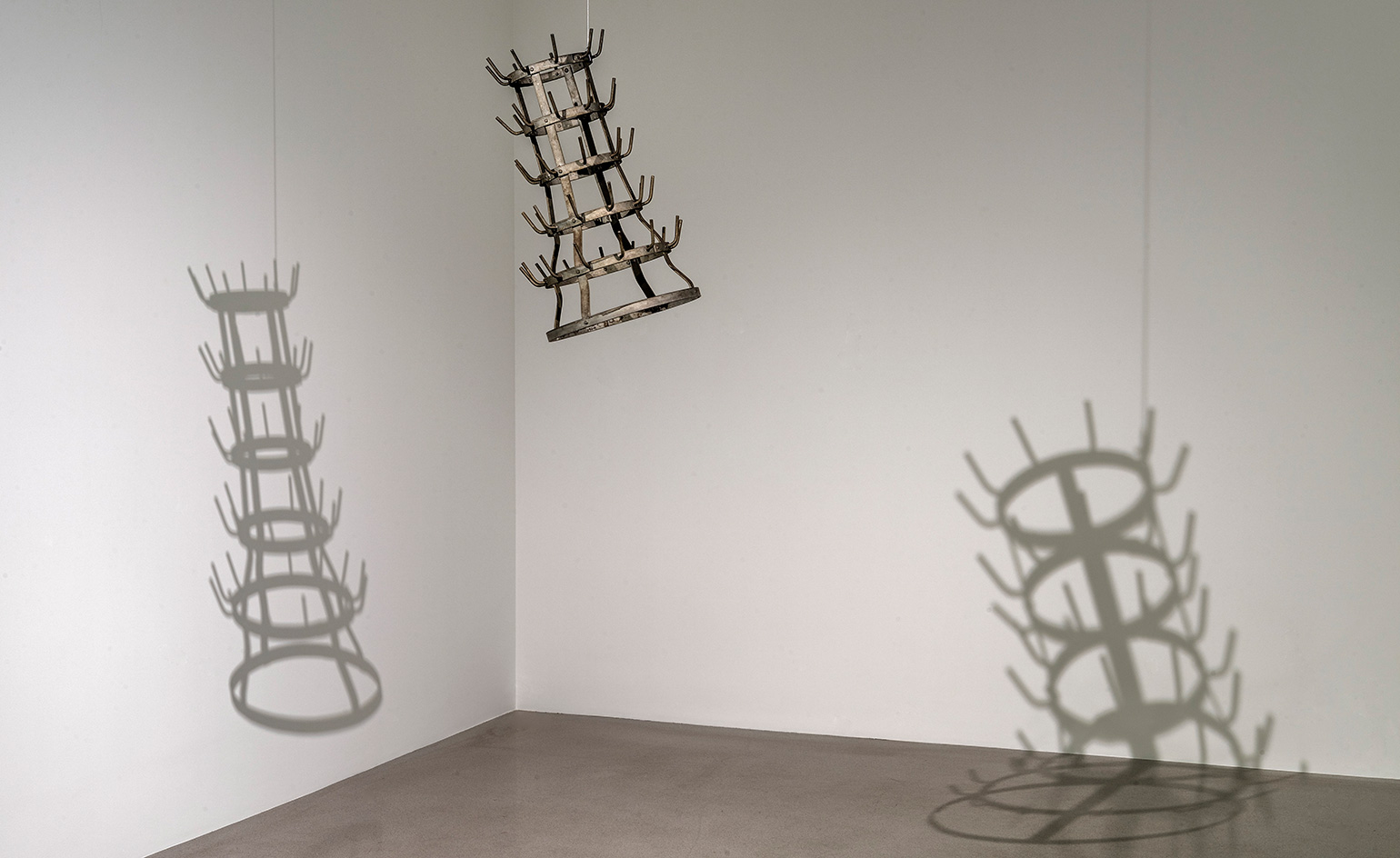
From now until mid-January 2017, Galerie Thaddaeus Ropac is hosting one of five remaining original Porte-bouteilles (or Bottle Rack), the 'readymade' signed by Marcel Duchamp. The iconic galvanised steel sculpture has arrived from the Robert Rauschenberg Foundation, which selected the Paris gallery to oversee its sale to a public institution.
This particular readymade carries unique provenance, dating back to 1959 when Duchamp and Rauschenberg were featured in an exhibit titled 'Art and the Found Object' at the Time-Life Reception Center in New York. As the story goes, Duchamp reached out to Man Ray to borrow a previous version from 1935-36. Upon hearing that that the photographer had lost it, Duchamp asked him to pick up another at the Grand Bazar de l’Hôtel de Ville (the one-stop department shop now known as BHV) and send it to the US. Rauschenberg subsequently purchased it for $3.
Today, en route to viewing Porte-bouteilles, located in the gallery’s uppermost corner room, visitors will pass through a presentation Rauschenberg’s Salvage series (his last works on canvas completed between 1983-85), in addition to an exhibition of Duchamp materials that build the anticipation and contribute to the rich narrative. After all, 2016 marks 100 years since Duchamp’s first recorded use of the word 'readymade'.
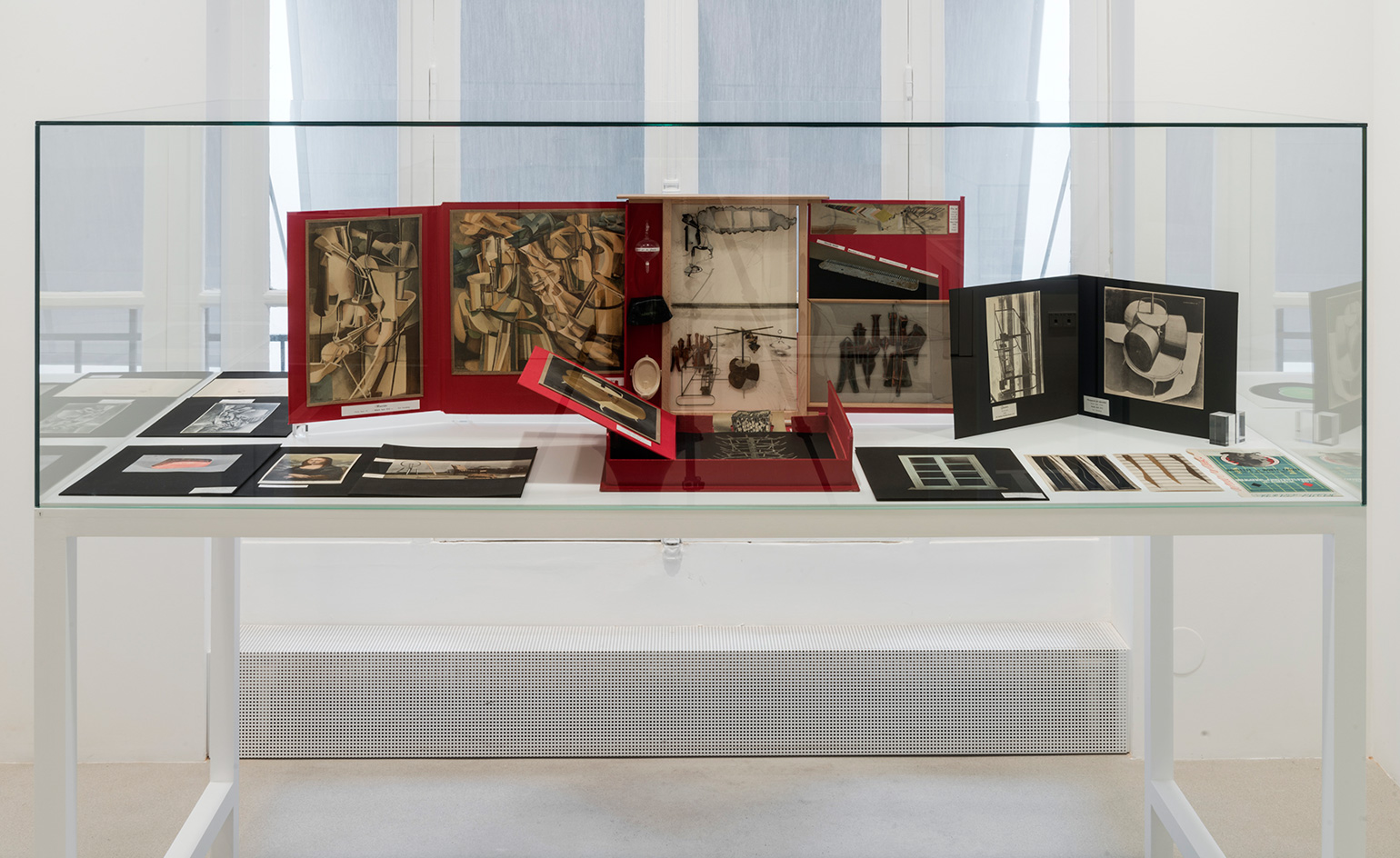
A vitrine filled with other works that relate directly to Duchamp's bottle dryer.
There’s Box in a Valise, which consists of miniature replicas of his works through 1964; photos of Rauschenberg’s studio where Bottle Rack appears stationed on the floor; and four pink sheets of lined paper filled with Rauschenberg’s uppercase lettering in which he recounts how he acquired the sculpture while pondering ‘the philosophical, aesthetic or ethical reasons why, how or if I could ask Duchamp to sign [it].’ To wit, when he finally asked Duchamp, who was in the presence of his wife Alexina ‘Teenie’ Sattler, she apparently replied, ‘Of course, Marcel will sign anything.’
And not only did he sign his initials with the year 1960, he scrawled the words – translated here from French – ‘Impossible for me to recall the original phrase.’ This self-referential inscription nods to the fate of his first purchased bottle rack from 1914, which disappeared around the time his sister was moving the contents of his studio in Paris (Duchamp decamped to New York during the war). The famous letter to his sister two years later, in which he refers to the object as a ‘readymade’ and instructs her to paint the lower ring with an inscription, also lost, has been screened on the gallery wall adjacent to the one we see today. No doubt, some visitors will enquire whether this enlarged facsimile is also for sale.
Up close, Bottle Rack reveals a hint of grime on its dull, grey surface, deliberately undisturbed as if attesting to its lifespan. Suspended in space from a single cable around the top ring and lit from two ceiling sources, the sculpture’s slight tilt and corresponding shadows position it with surprising character – simultaneously surrealist and cinematic. Gallery curator José Castañel tells Wallpaper* they tested positioning it on the floor and a plinth before settling on this more animated display.
‘Shadows were important to Duchamp,’ explains Castañel, noting how the artist was constantly exploring the relation and representation of dimensions. ‘It has to do with what is hidden and what you see. Do the two-dimensional shadows show a truer representation than the three-dimensional object?’
Thanks to the work’s future home in a public museum – the gallery will only confirm ‘very serious discussions with one institution’ – it’s a question that a wider audience will have an opportunity to answer.
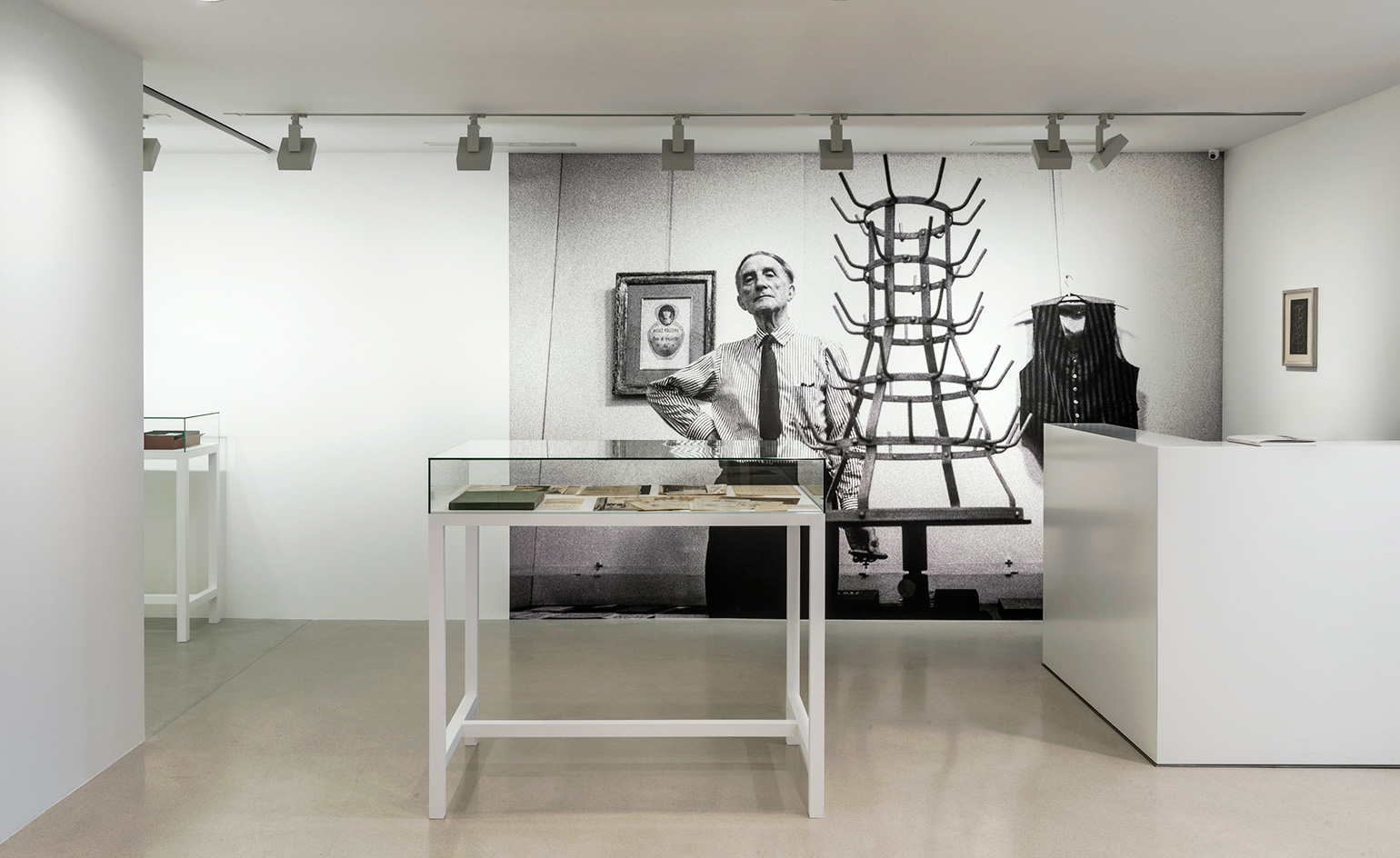
The exhibition coincides with the 100th year that Duchamp coined the term 'readymade'

It is one of only five original Bottle Rack works
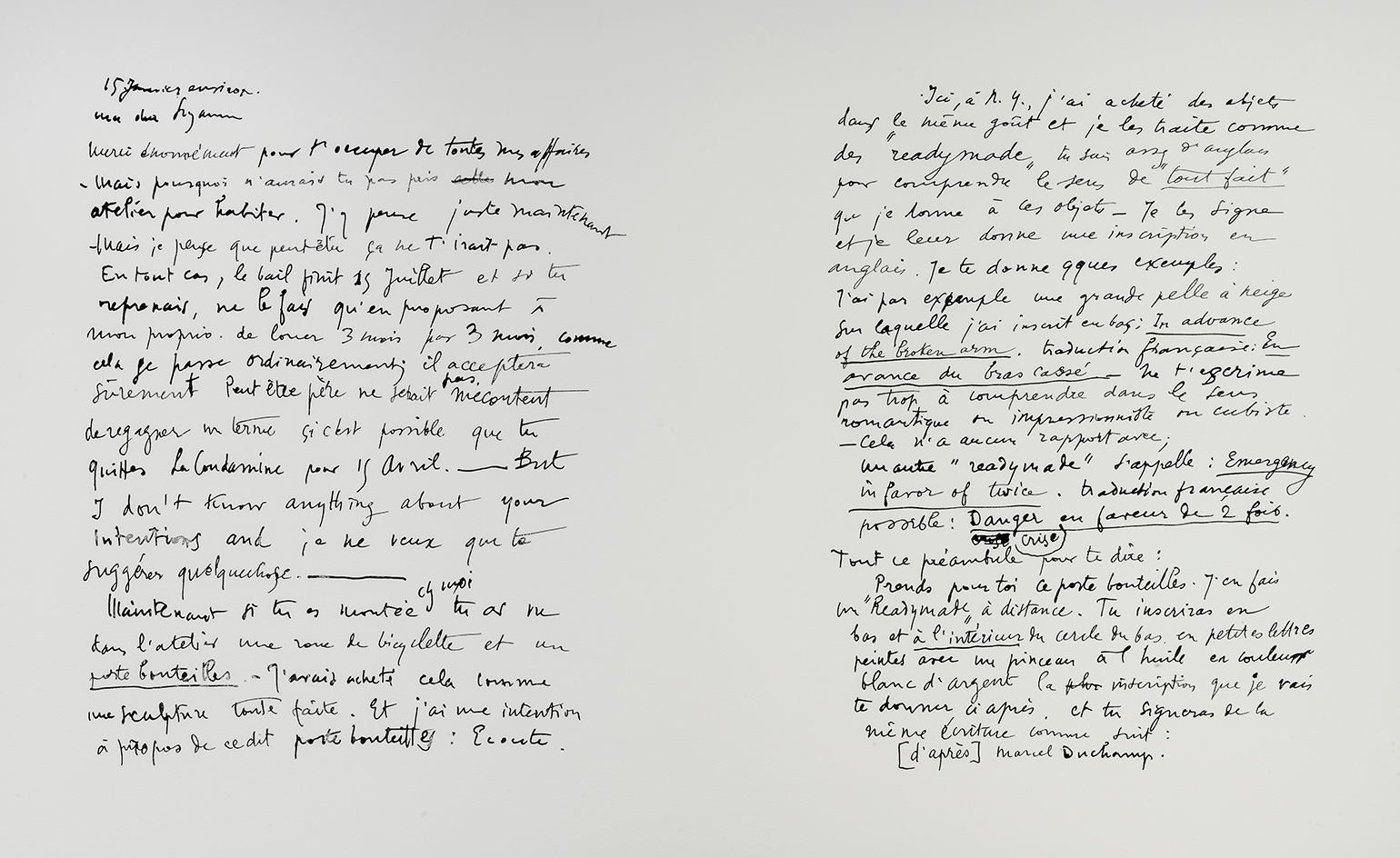
The first time the artist used the term 'readymade' was in a letter sent from New York to Paris, to his sister Suzanne, where he gave instructions to recover a bottle dryer he formerly purchased at the Grand Bazar de l’Hôtel de Ville
INFORMATION
’Porte-bouteilles’ is on view until 14 January 2017. For more information, visit the Galerie Thaddaeus Ropac website
ADDRESS
Galerie Thaddaeus Ropac Paris Marais
7 Rue Debelleyme
75003 Paris
Wallpaper* Newsletter
Receive our daily digest of inspiration, escapism and design stories from around the world direct to your inbox.
-
 ‘Humour is foundational’: artist Ella Kruglyanskaya on painting as a ‘highly questionable’ pursuit
‘Humour is foundational’: artist Ella Kruglyanskaya on painting as a ‘highly questionable’ pursuitElla Kruglyanskaya’s exhibition, ‘Shadows’ at Thomas Dane Gallery, is the first in a series of three this year, with openings in Basel and New York to follow
By Hannah Silver
-
 Australian bathhouse ‘About Time’ bridges softness and brutalism
Australian bathhouse ‘About Time’ bridges softness and brutalism‘About Time’, an Australian bathhouse designed by Goss Studio, balances brutalist architecture and the softness of natural patina in a Japanese-inspired wellness hub
By Ellie Stathaki
-
 Marylebone restaurant Nina turns up the volume on Italian dining
Marylebone restaurant Nina turns up the volume on Italian diningAt Nina, don’t expect a view of the Amalfi Coast. Do expect pasta, leopard print and industrial chic
By Sofia de la Cruz
-
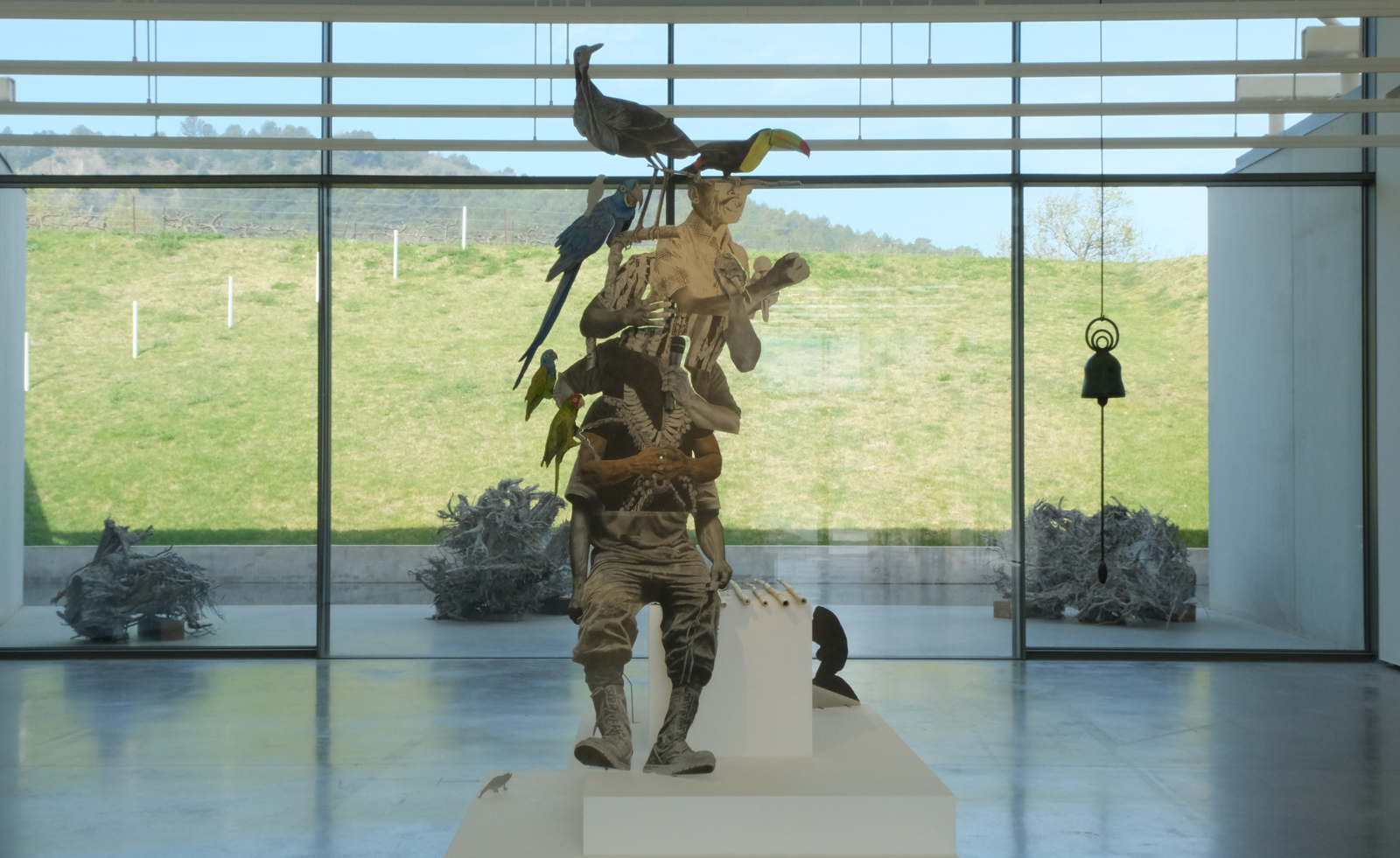 Contemporary artist collective Poush takes over Château La Coste
Contemporary artist collective Poush takes over Château La CosteMembers of Poush have created 160 works, set in and around the grounds of Château La Coste – the art, architecture and wine estate in Provence
By Amy Serafin
-
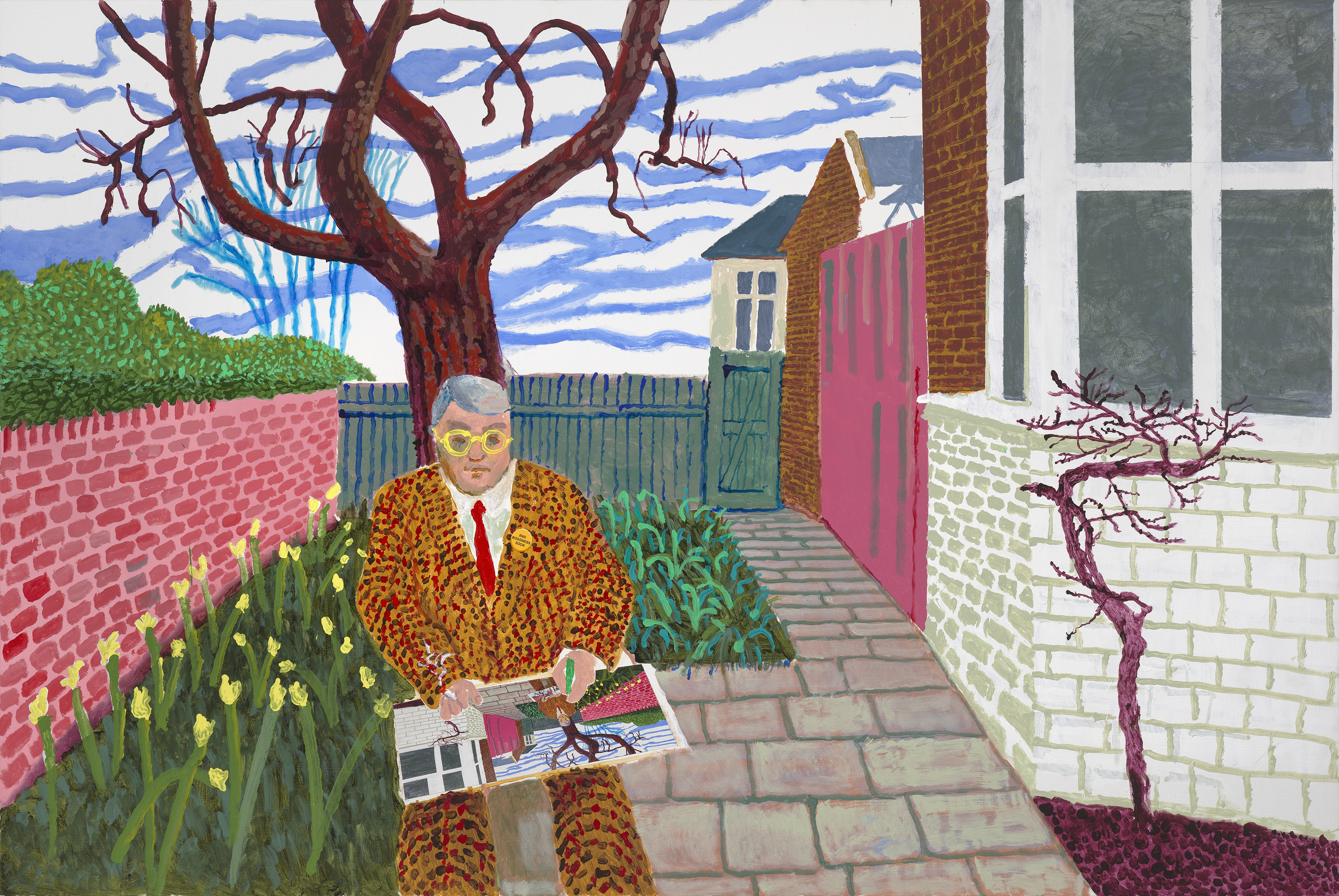 ‘David Hockney 25’: inside the artist’s blockbuster Paris show
‘David Hockney 25’: inside the artist’s blockbuster Paris show‘David Hockney 25’ has opened at Fondation Louis Vuitton in Paris. Wallpaper’s Hannah Silver took a tour of the colossal, colourful show
By Hannah Silver
-
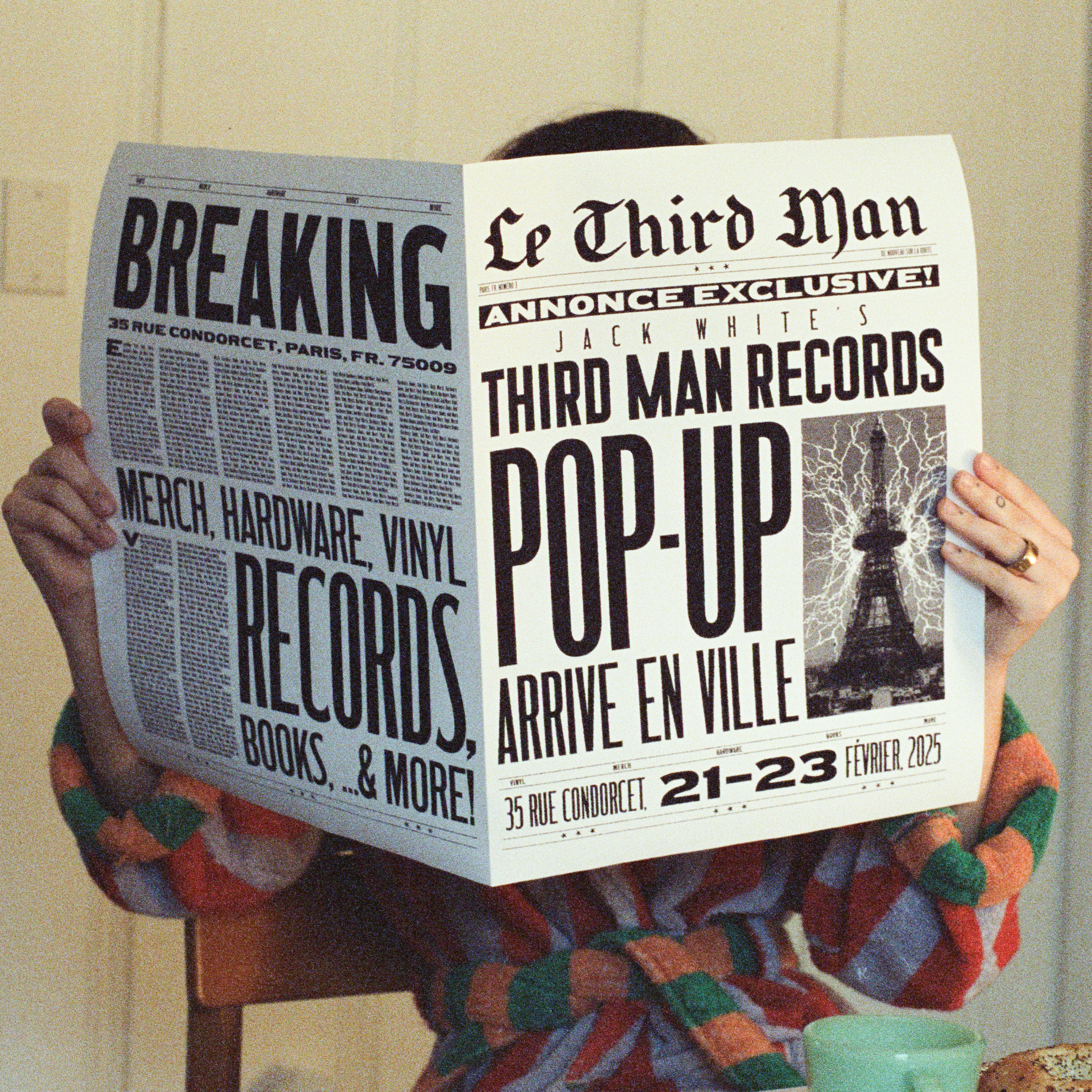 Jack White's Third Man Records opens a Paris pop-up
Jack White's Third Man Records opens a Paris pop-upJack White's immaculately-branded record store will set up shop in the 9th arrondissement this weekend
By Charlotte Gunn
-
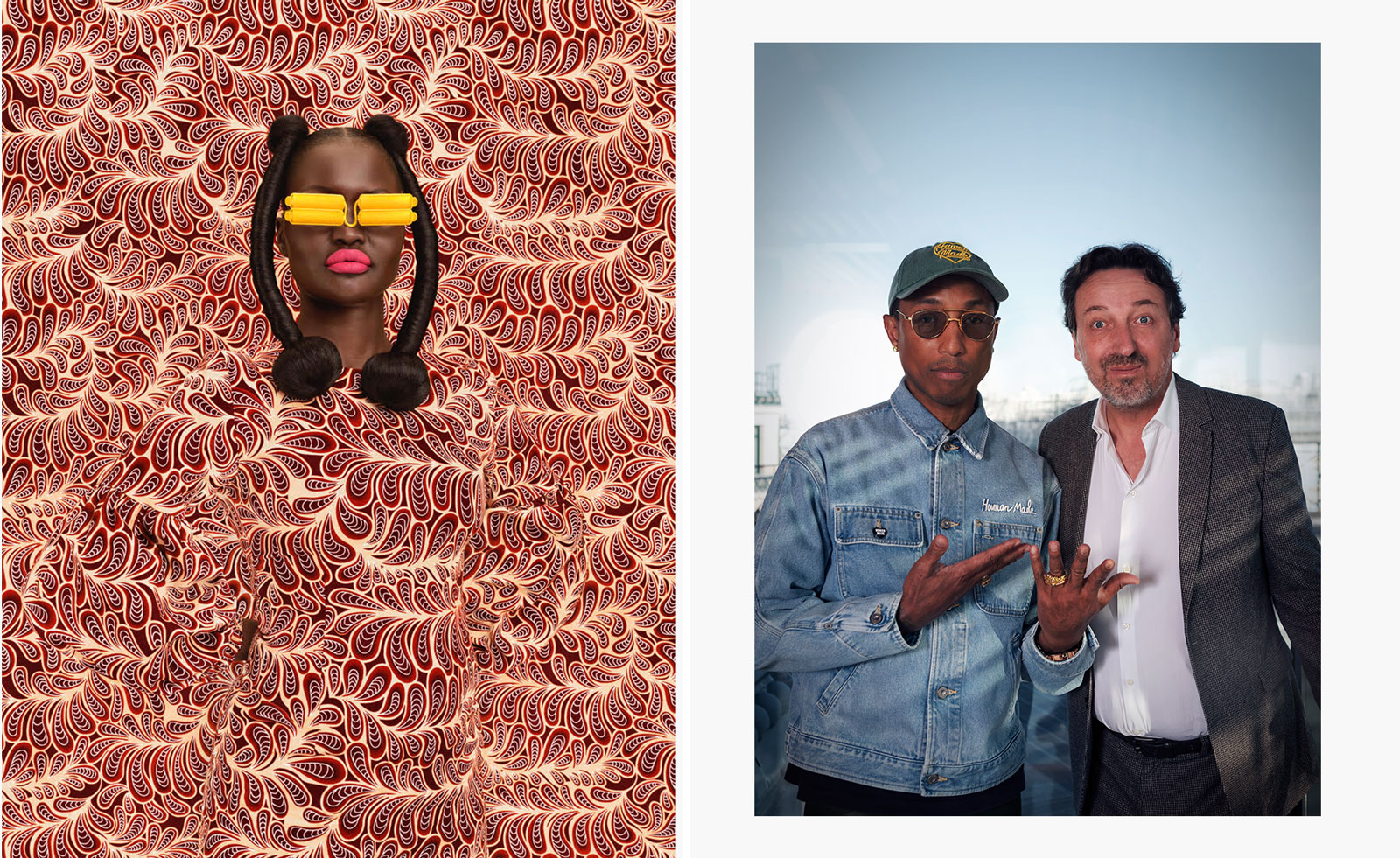 ‘The Black woman endures a gravity unlike any other’: Pharrell Williams explores diverse interpretations of femininity in Paris
‘The Black woman endures a gravity unlike any other’: Pharrell Williams explores diverse interpretations of femininity in ParisPharrell Williams returns to Perrotin gallery in Paris with a new group show which serves as an homage to Black women
By Amy Serafin
-
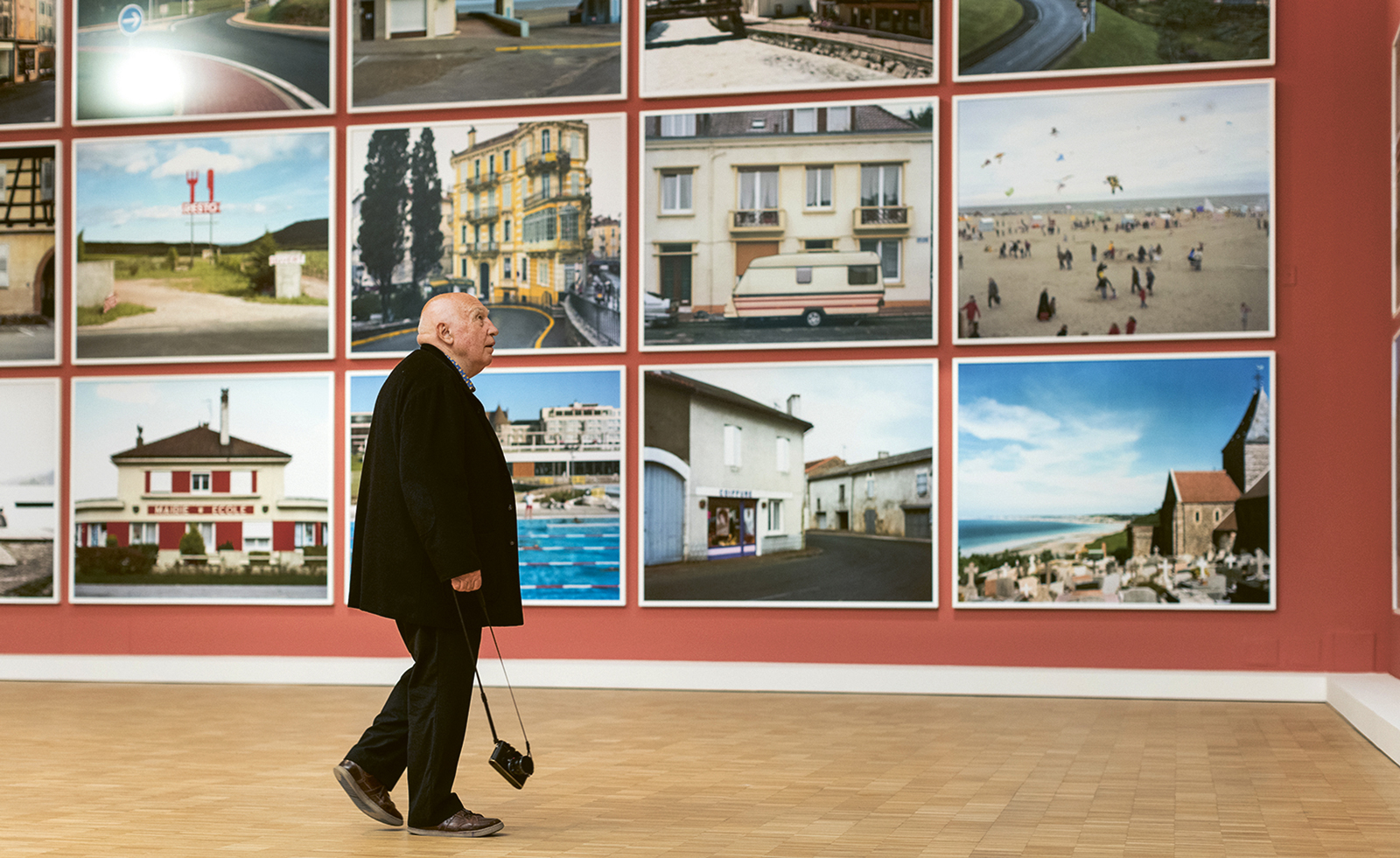 What makes fashion and art such good bedfellows?
What makes fashion and art such good bedfellows?There has always been a symbiosis between fashion and the art world. Here, we look at what makes the relationship such a successful one
By Amah-Rose Abrams
-
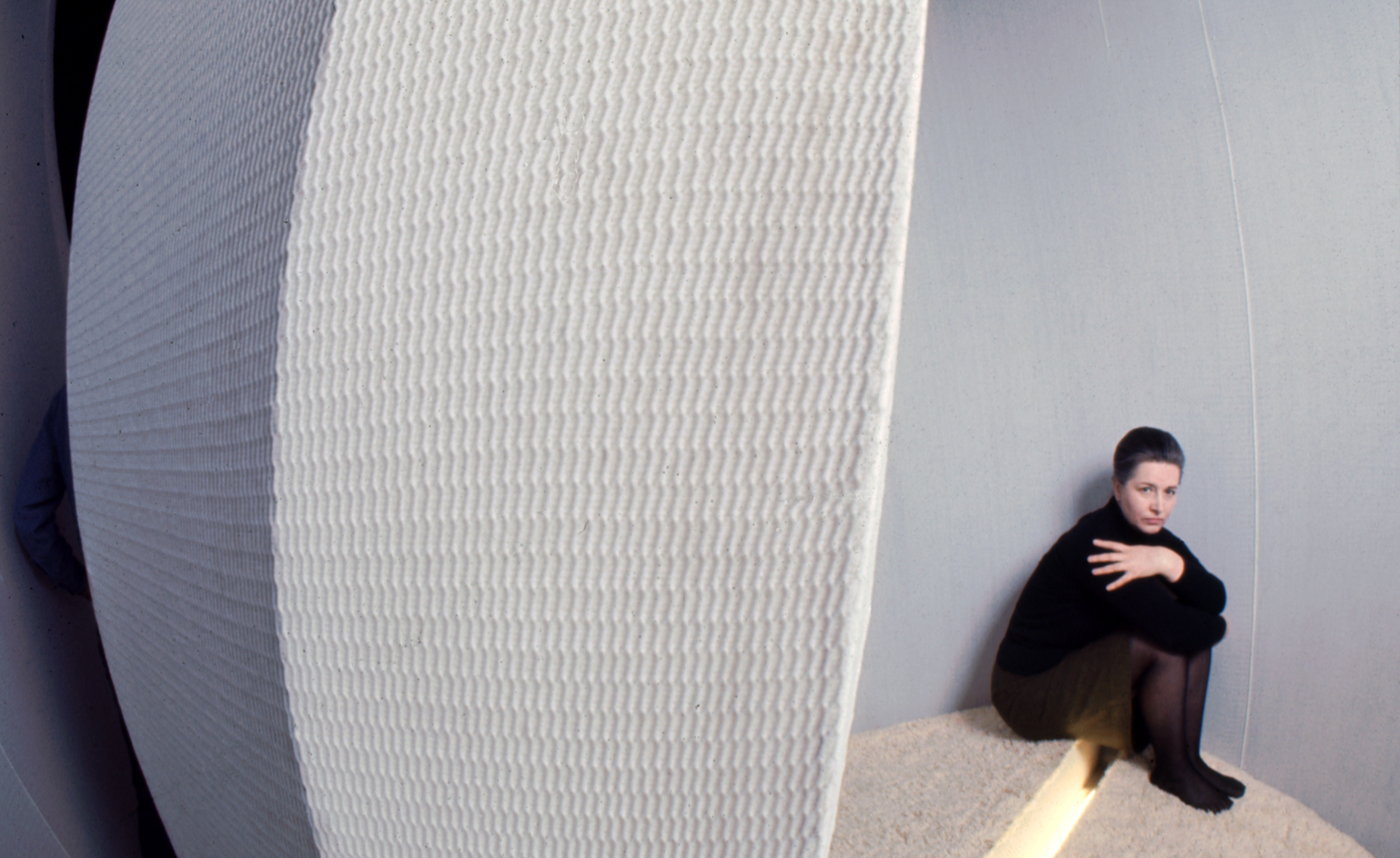 Architecture, sculpture and materials: female Lithuanian artists are celebrated in Nîmes
Architecture, sculpture and materials: female Lithuanian artists are celebrated in NîmesThe Carré d'Art in Nîmes, France, spotlights the work of Aleksandra Kasuba and Marija Olšauskaitė, as part of a nationwide celebration of Lithuanian culture
By Will Jennings
-
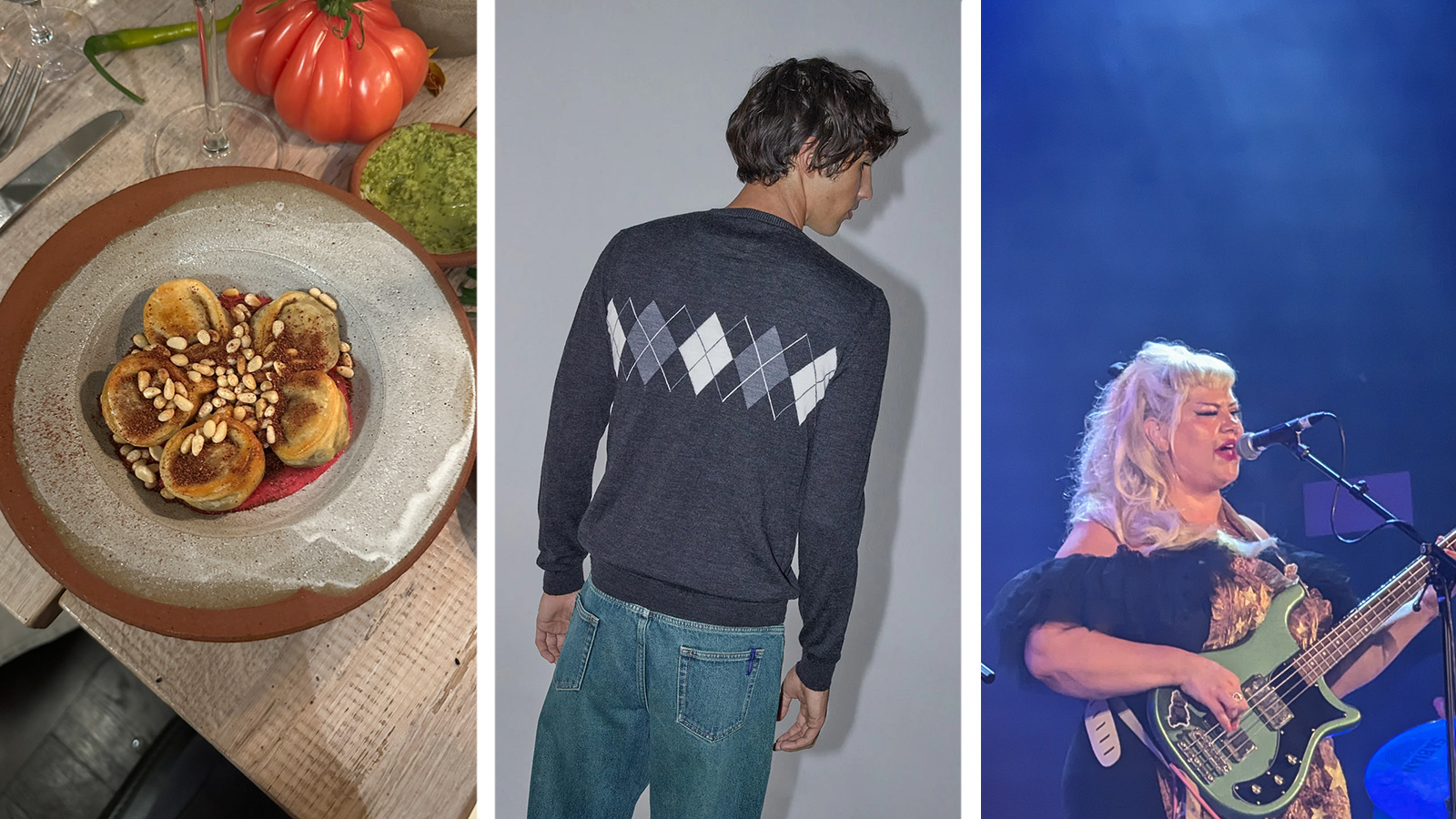 Out of office: what the Wallpaper* editors have been doing this week
Out of office: what the Wallpaper* editors have been doing this weekInvesting in quality knitwear, scouting a very special pair of earrings and dining with strangers are just some of the things keeping the Wallpaper* team occupied this week
By Bill Prince
-
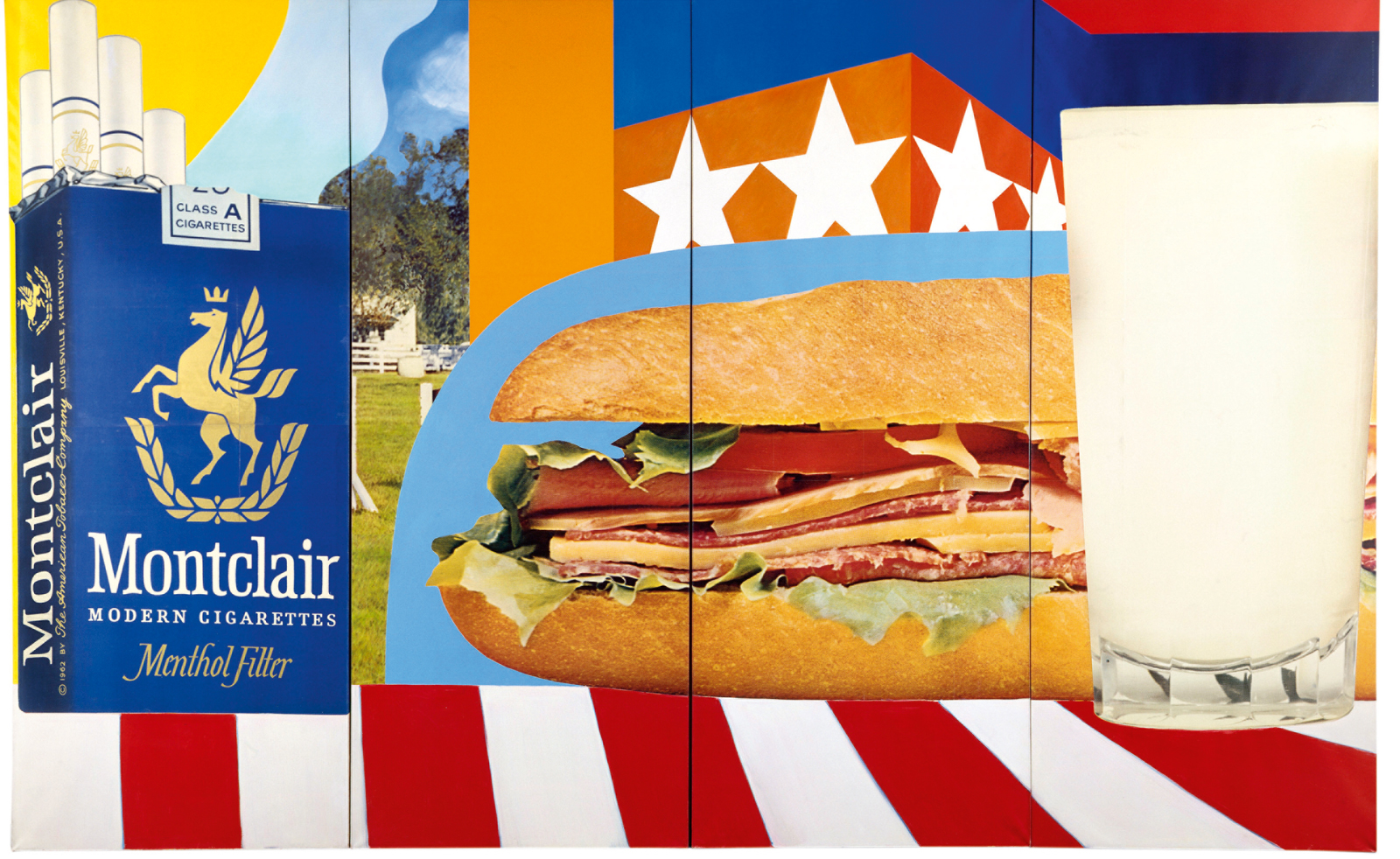 Tom Wesselmann’s enduring influence on pop art goes under the spotlight in Paris
Tom Wesselmann’s enduring influence on pop art goes under the spotlight in Paris‘Pop Forever, Tom Wesselmann &...’ is on view at Fondation Louis Vuitton in Paris until 24 February 2025
By Ann Binlot